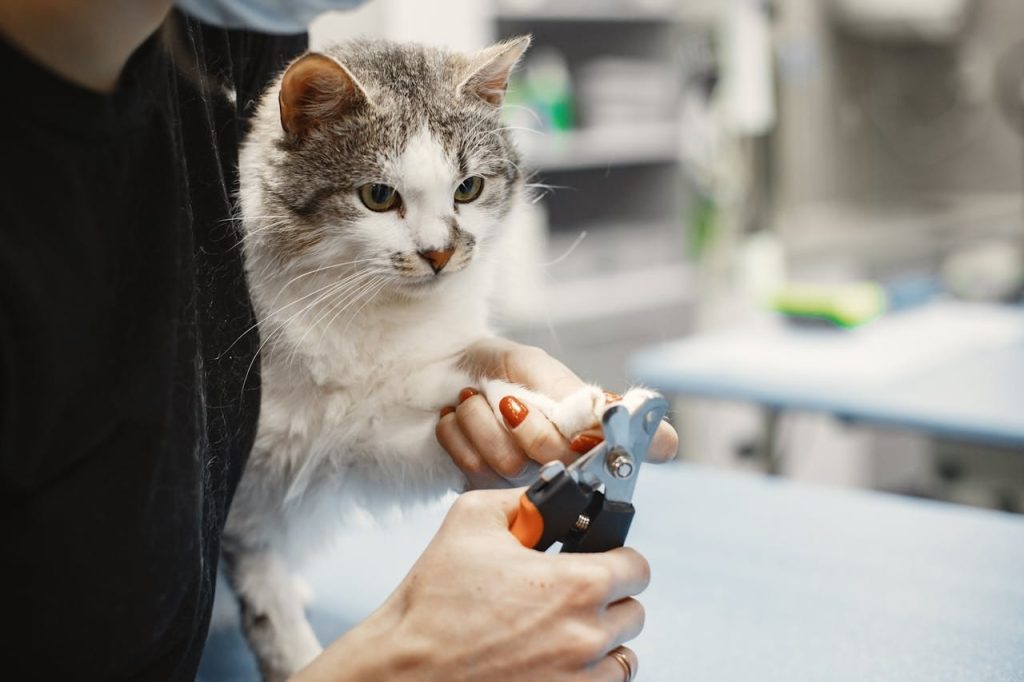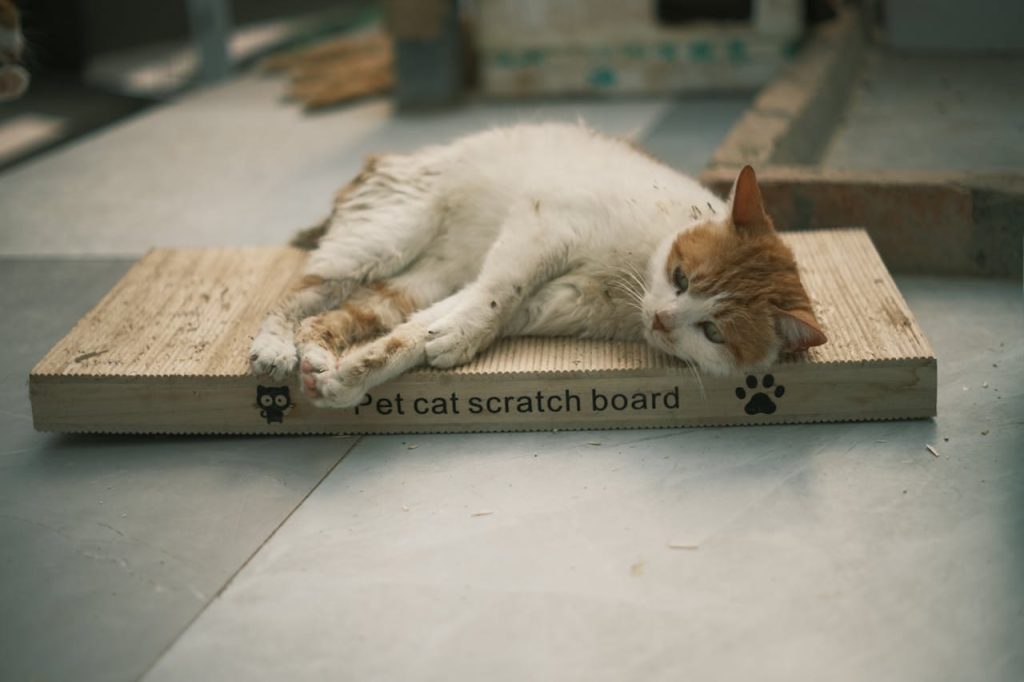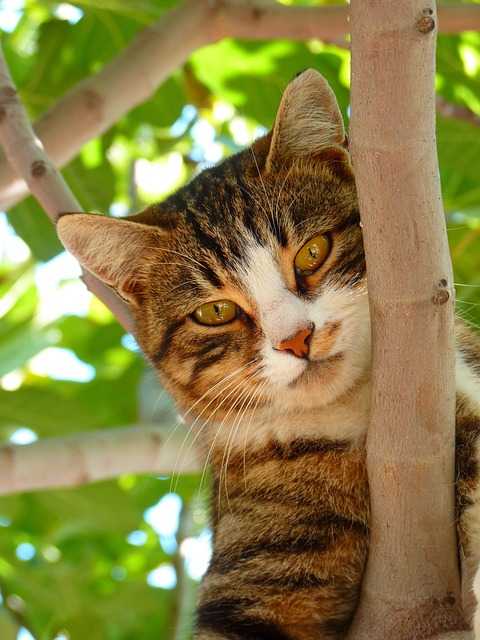Tired of finding your furniture scratched and dealing with painful cat scratches? Cat nail trimming is a crucial aspect of their grooming routine that can save both your belongings and your skin. However, handling sharp cat nails can be intimidating for many pet owners. In this article, we’ll explore various techniques and safety tips to help you trim your cat’s nails with ease and confidence.
Why Cat Nail Trimming Matters
Nail trimming is essential for several reasons. Firstly, it prevents damage to your furniture and other household items. Cats have a natural instinct to scratch, and if their nails are too long, they can easily cause scratches and tears. Secondly, regular trimming ensures that your cat’s nails stay healthy. Overgrown nails can curl and grow into the paw pad, leading to pain, infection, and difficulty walking. Additionally, long nails can get caught in carpets or fabrics, causing injury to your cat. By keeping their nails trimmed, you maintain their overall well-being and prevent discomfort.
Understanding a Cat’s Nail Anatomy
Before we discuss techniques, understanding your cat’s nail anatomy is crucial. Cats have retractable claws, meaning their nails retract into the paw pads when not in use. Each paw has five claws, with the front paws usually sharper than the hind paws. The nails consist of a hard outer shell called the sheath and a sensitive inner core known as the quick, which contains blood vessels and nerves. Avoid cutting into the quick during trimming to prevent pain and bleeding.
Signs Your Cat’s Nails Need Trimming
Knowing when to trim your cat’s nails is vital. Some signs include excessive scratching, difficulty retracting claws, nail clicking on hard surfaces, and nail damage or breakage.
Tools and Supplies You’ll Need
Having the right tools is crucial. Invest in cat nail clippers, styptic powder to stop bleeding in case of accidents, treats for positive reinforcement, and a towel or blanket for comfort.
Techniques for Trimming Your Cat’s Nails
Here are three common techniques:
- The Scruff Technique: Gently grasp the loose skin on the back of your cat’s neck and extend one paw at a time for trimming.
- The Towel Wrap Technique: Wrap your cat in a towel, leaving one paw exposed at a time for trimming.
- The Gradual Approach: Introduce your cat to nail trimming in small increments, gradually increasing their comfort level over time.

Safety Tips
Prioritize safety by being patient, avoiding the quick, taking breaks, and staying calm and confident during the process.
Dealing with Resistance and Anxiety
Use positive reinforcement, desensitize your cat to the process gradually, provide distractions, and seek professional help if needed.
Alternatives to Cat Nail Trimming
Consider scratching posts, nail caps, and regular playtime as alternatives to reduce the need for nail trimming.

How Often Should You Trim Your Cat’s Nails?
Most cats benefit from monthly nail trims, but frequency depends on various factors. Monitor your cat’s nails regularly and trim as needed.
Trimming your cat’s nails is essential for their well-being. With the techniques and safety tips provided, you can ensure a stress-free and successful experience for both you and your feline friend. Patience, safety, and positive reinforcement are key to maintaining well-groomed and happy cats. Happy nail trimming!






